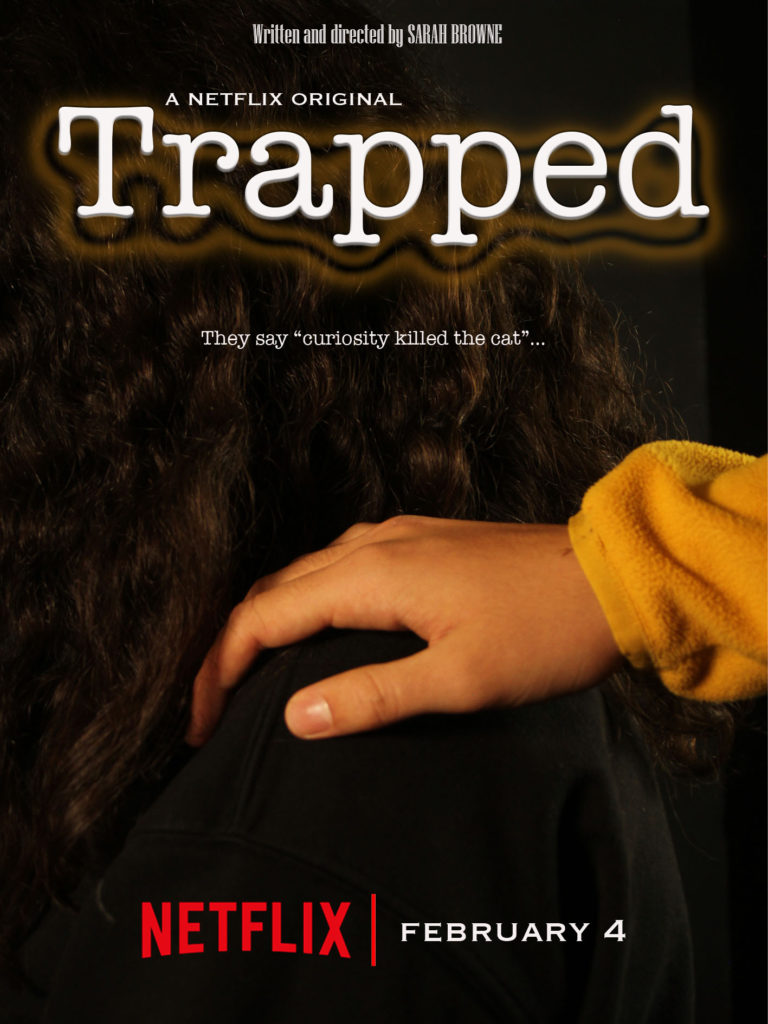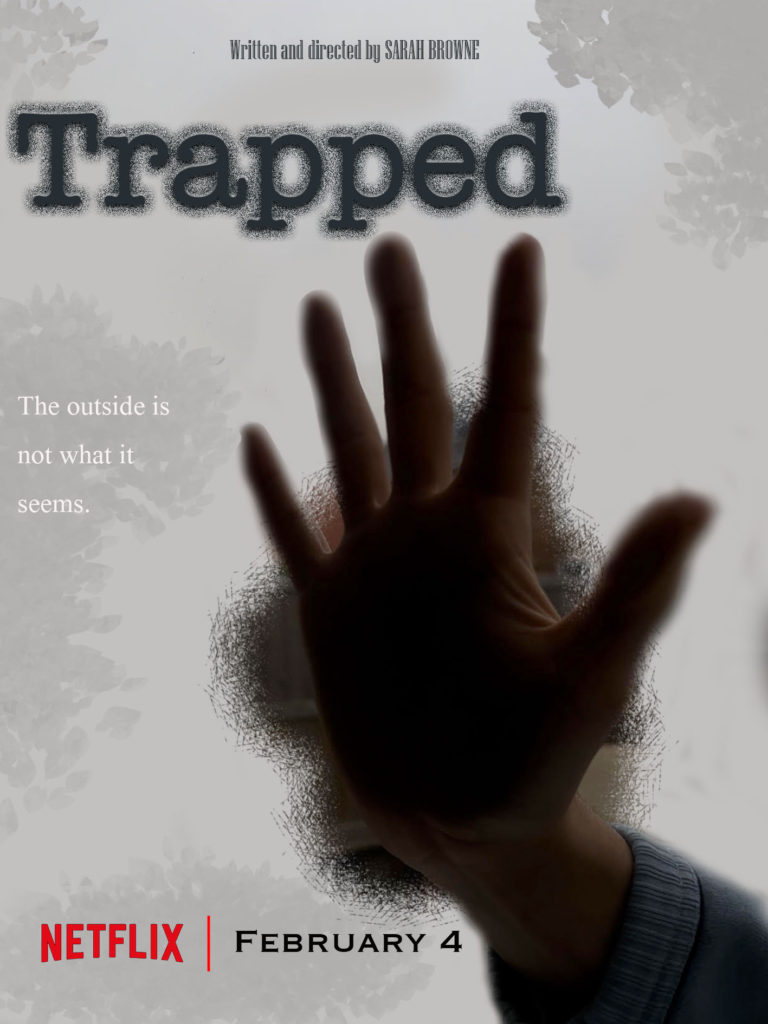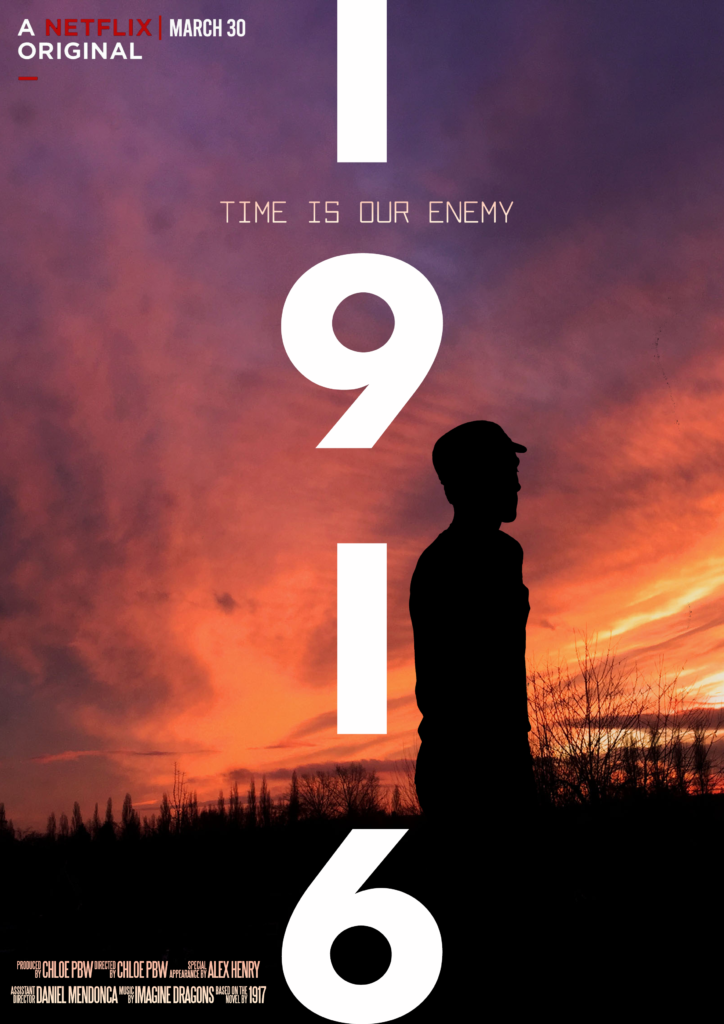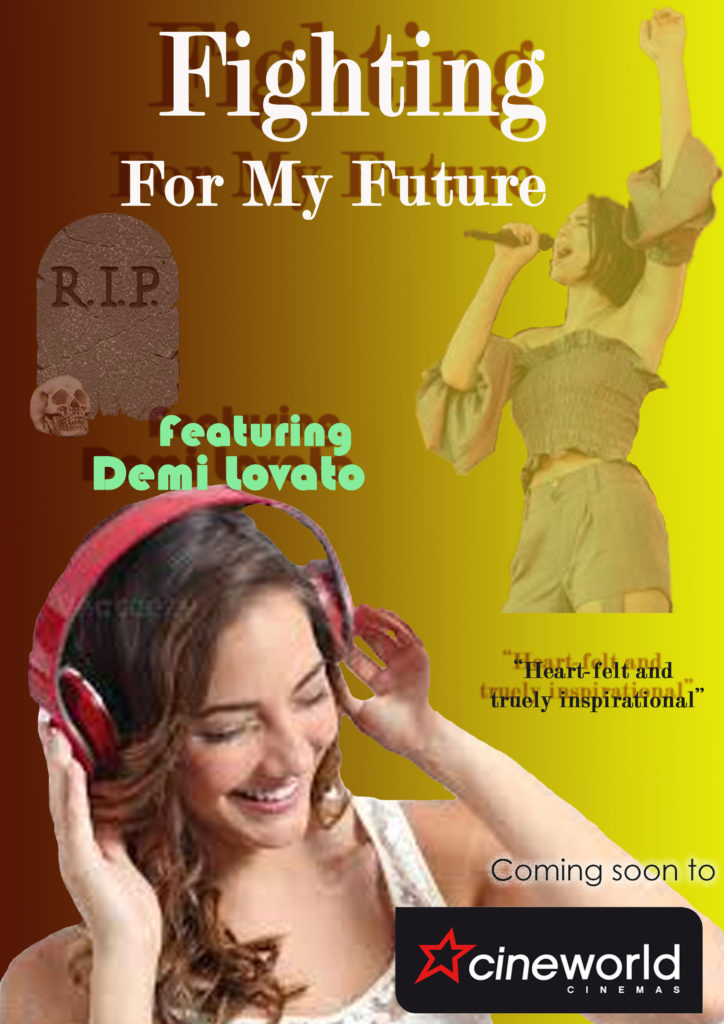Key idea: the political, personal and cultural are always intertwined.
Antonio Gramsci was an Italian philosopher in the 1930s, and he wrote about cultural hegemony.
Cultural hegemony: power, rule, or domination maintained by ideological and cultural means.
Cultural hegemony works by passing the beliefs and ideas of the most powerful people in society as the only morally correct and legitimate one.
This is done by expressing and maintaining the ideas through its economic, political, moral, and social institutions (like the education system and the media).
These institutions socialise people into accepting the norms, values and beliefs of the dominant social
group.
The result of this is that society comes to believe that these ideas were not simply conjured up by people in power, but were created by some natural means and not fabricated.
Black Music as a Rebellious Notion
The lyrics of many reggae songs revolve around the black experience black history, black consciousness of economic and social deprivation, and a continuing enslavement in a racist ideology.
Reggae is often sung in Jamaican accents, emphasising a black subjectivity that is independent from white hegemony and offering a method of rebellion from the racist viewpoints offered by the white people inhabiting Britain.
Generally, black music brought forward ideas about challenging what Gilroy has termed, ‘the capitalist system of racial exploitation and domination’.
Britain’s streets erupted into rioting the day before Ghost Town reached number one in the charts. This was due to Ghost Town being released on 20 June 1981 against a backdrop of rising unemployment and it expressed the mood of the early days of Thatcher’s Britain for many.
“It was clear that something was very, very, wrong,” the song’s writer, Jerry Dammers, has said in an interview with the BBC.
Neville Staple (vocalist) said in Ghost Town that there was “too much fighting on the dance floor” which he sang from personal experience. This was closely related to the riots and violence which was occurring in Britain at this time, particularly because of the cultural hegemony involving black people who had migrated to Britain after the second world war. It was also linked with the rising unemployment rates in Britain at the time, particularly because of the work of Margaret Thatcher, the prime minister at the time who had closed the doors of a lot of factories, stripping many people of their jobs.
Paul Gilroy explores the construction of racial ‘otherness’ as an underlying presence within print media reportage during the 1970s and 1980s, arguing that criminalised representations of black males regularly stigmatised the black community. and set a bad example for the black community as a whole leading to racism and unfair treatment.
- ‘Ghost Town’ is a haunting 1981 protest song that still makes sense today
- It was The Specials’ last song before splitting up and reforming as The Special AKA and stayed at the top of the UK charts for three weeks.
- The music video was directed by Barney Bubbles and filmed in the East End of London, Blackwell Tunnel and a before-hours City of London.
The fact that this music video is a Ska track relates to the idea that Britain has entered a state of multiculturalism in that Ska is a mix of reggae (Jamaican style music) and punk (white style rock music) and this represents how black and white people were intertwined at the time of the song’s release.
Todorov can be linked to Ghost Town in many ways. One of these is the idea that there is a beginning, middle and end to the music video as they start off in the tunnel in the beginning, enter the derelict city in the middle, and then return back to the tunnel at the end. I think this could represent the journey of many people coming from overseas to Britain at the time of the music video’s release, in that they were coming through the tunnel to get into Britain, they experienced harsh conditions while in Britain, and then left it, going back through the tunnel perhaps through the means of death, or perhaps imprisonment due to the cultural hegemony in effect at the time.
Levi-Strauss can be linked to Ghost Town in that binary oppositions are often hard to consider. For example, it is often unclear whether the music video is of a truly “black” or “white” nature, as many contrasting characters feature. However, there are some binary opposites that very clearly and obvious relate to ghost town, such as employed and unemployed being the latter.
Summed Up
Neville Staples – “Too much fighting on the dance floor” – Fighting and riots at the time because of unemployment – Thatcher and cultural hegemony as described by Gramsci involving black people.
Gilroy – “Racial Otherness” – Criminalised representations of black males set a bad example for the black community – racism, poor treatment.
Gilroy also describes “Postcolonial melancholia” – Idea that people from around the world in Britain are living reminders of the power Britain once had.
Genre of ghost town is Ska, genre is a repertoire of elements described by Neale – mix of reggae and punk music – Links to how black (Reggae) and white (Punk) people were constantly intertwined at the time whether they liked it or not.
Todorov – Beginning middle and end – Going through tunnel, into city and out via tunnel – journey of people from around the world – coming through tunnel into Britain, receiving harsh treatment in derelict city and exiting from Britain through the tunnel via death or perhaps imprisonment.
Levi – Strauss – Binary opposites – Black/white unclear, Unemployed/employed clear.






